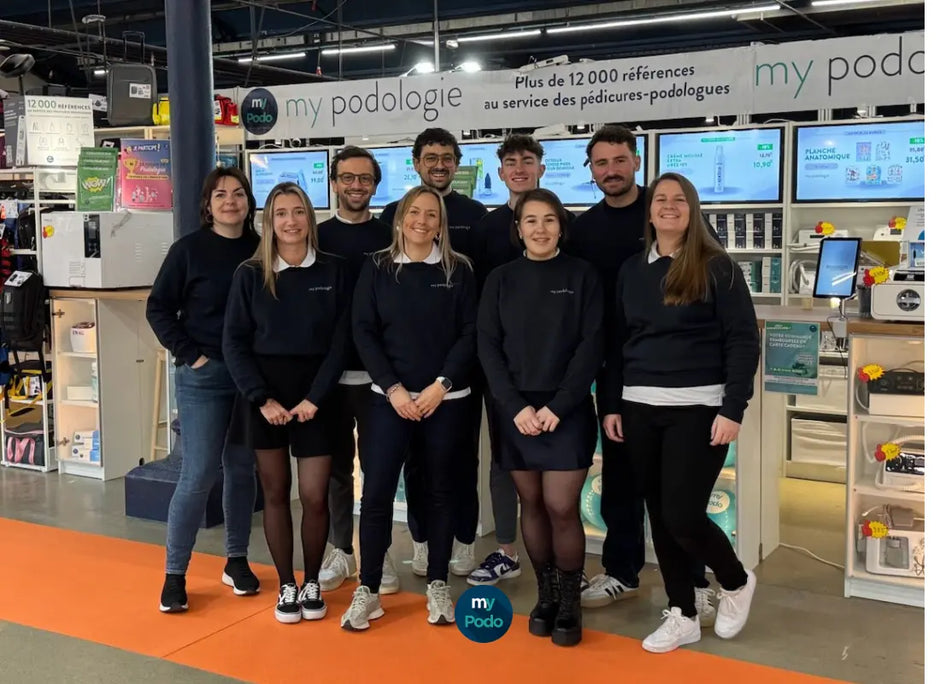Today, My Podologie illustrates in this article and in video what the steps of the sterilization chain are. Indeed, all health professionals using reusable medical devices must subject these instruments to a sterilization cycle in order to be able to reuse them safely with their patients.
According to the Public Health Code in its article L.5211-1, a medical device is understood to mean "any instrument, apparatus, equipment, material, product, with the exception of products of human origin, or other article used alone or in combination, including accessories and software necessary for its proper functioning, intended by the manufacturer to be used in humans for medical purposes and whose main desired action is not obtained by pharmacological or immunological means or by metabolism, but whose function can be assisted by such means. Software intended by the manufacturer to be used specifically for diagnostic or therapeutic purposes also constitutes a medical device."
What is a medical device?
There are two types of medical devices, single-use and reusable. Single-use medical devices are individually packaged and can be identified with a small symbol 2 and/or the words "single-use" or "do not reuse". After use, they must be disposed of in a suitable bin, such as a DASRI bin (infectious and similar risk healthcare waste) or OPCT bin (Pointed, Sharp, Cutting Object).
In this article we will focus more specifically on reusable medical devices. They are autoclavable, meaning that if you want to reuse the product, you must subject it to a sterilization cycle. It must be packaged in a single or double sterilization bag in order to maintain its sterile state for as long as possible. The sterilization protocol is very strict. As a result, the professional must keep track of their sterilization cycles in a sterilization file that must be kept for at least 5 years.
Processing of a medical device following the sterilization chain protocol
Below is a video showing the steps in the sterilization chain:
Here is a summary list of all the steps in the sterilization chain:
1. Pre-disinfection of instruments (Anios & Aniosyme X3 decontamination tank)
2. Rinsing the instruments
3. Manual cleaning of instruments (My Podologie ultrasonic tank)
4. Rinse and dry (Celtex interlocking hand towels)
5. Packaging of medical devices in sterilization bags and identification of the sterilization method (Medistock sterilization bags)
6. Autoclave sterilization cycle, 18 minutes at 134°C under a pressure of 2 Pascal (Autoclave 18 Liters Class B with USB IcanClave)
7. Control
8. Storage of medical devices
9. Traceability of medical devices in the sterilization file
10. Autoclave cycle quality test (Bowie Dick test once a week & Helix test every 6 cycles)
Click on the image to go directly to the product range:
Precautions
Before carrying out a sterilization cycle, certain procedures must be followed!
First of all, it is mandatory to sterilize a clean and dry medical device. If these conditions are not met, sterilization will not be optimal.
The thermosensitive medical device is exempt from the sterilization cycle because it does not tolerate the 134° heat provided by an autoclaving cycle.
Finally, it is obvious to take care of your autoclave in order to guarantee optimal operation of the device. Certain tests such as the Bowie Dick test or the Helix test can help the practitioner to know if his sterilization cycle is of good quality or not.
Always ensuring the best means guaranteeing the safety of your patients!








